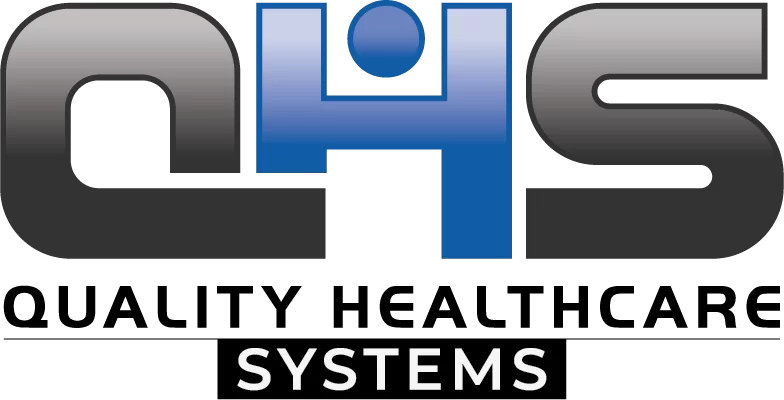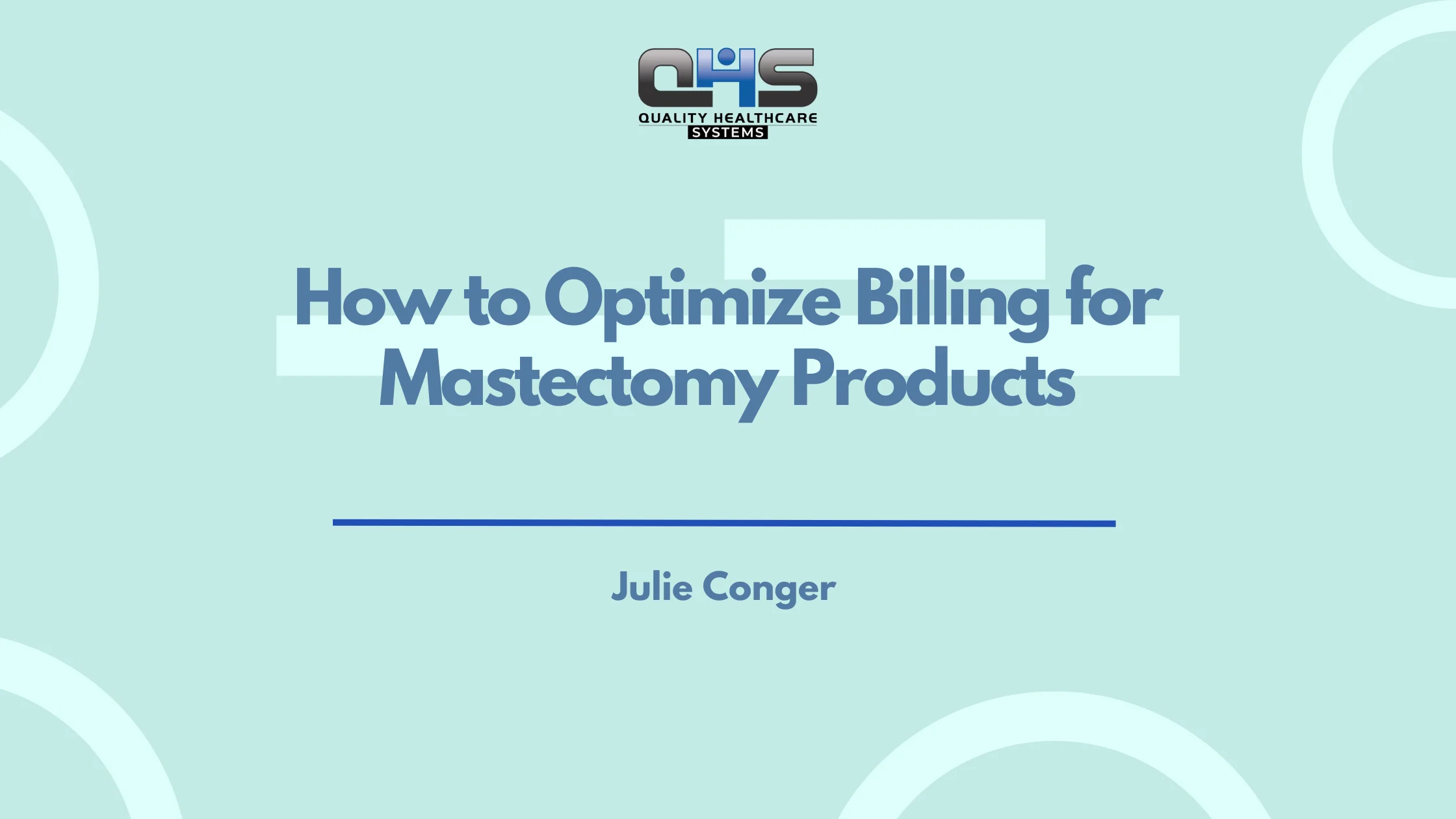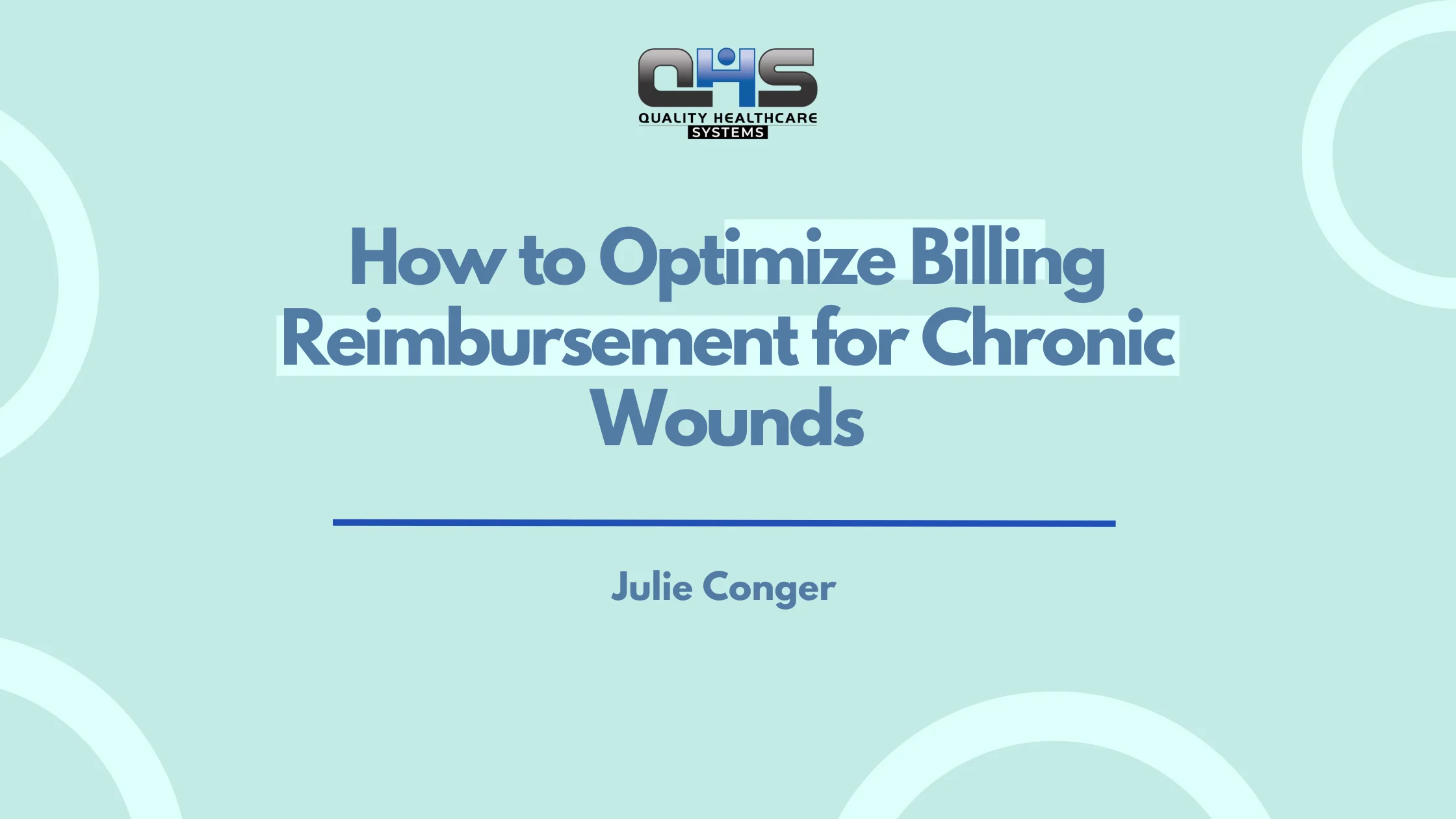Did you know improper billing for pneumatic compression devices (PCDs) can result in denial rates as high as 40% for DME claims? Whether you’re a medical biller, prosthetist, or DME supplier, understanding the correct way to bill for these devices can drastically reduce delays and boost reimbursements.
This guide breaks it all down for you—from coding and documentation to Medicare and commercial payer compliance. Let’s demystify pneumatic compression device billing once and for all.
What Is a Pneumatic Compression Device and Who Needs It?
A Pneumatic Compression Device (PCD) is a medical device that uses air pressure through inflatable sleeves to improve blood flow or reduce swelling in limbs. It’s commonly used for treating lymphedema, venous insufficiency, and DVT prevention by delivering intermittent or sequential compression therapy as prescribed by physicians.
These devices are classified as Durable Medical Equipment (DME) and are frequently prescribed for:
- Lymphedema, both primary and secondary (e.g., post-mastectomy)
- Chronic venous insufficiency (CVI) and venous ulcers
- Post-thrombotic syndrome and deep vein thrombosis (DVT) prevention
- Post-operative edema control after orthopedic or vascular surgeries
- Immobilized patients at high risk for thromboembolic events
PCDs are either sequential or non-sequential and may be segmental (targeting specific areas) or non-segmental. These distinctions influence HCPCS coding and medical necessity documentation.
Who needs them? Patients with persistent fluid retention, compromised lymphatic drainage, or who have failed conservative therapies like elevation and manual lymph drainage. Clinically, these individuals show measurable improvement in limb circumference and symptom relief with PCD use—making them strong candidates for reimbursement if documented properly.
What is a Pneumatic Compression Device CPT code?
A Pneumatic Compression Device CPT code is a billing code used to report medical-grade compression pumps and sleeves used in treating lymphedema or venous insufficiency. These codes, such as E0650 to E0673, help ensure proper insurance reimbursement for the device based on its features (e.g., segmental vs. non-segmental, manual vs. automatic control).
Related Posts:
- Medical Billing for Hemipelvectomy Prosthetic
- Medical Billing for Spinal Orthoses
- Prosthetic Billing for Lower Limbs
- Medical Billing for Transtibial Prosthetic
How to Bill for Pneumatic Compression Device (PCD) Correctly
Billing for a Pneumatic Compression Device involves verifying medical necessity, obtaining physician documentation, selecting the correct HCPCS code, applying required modifiers, and submitting claims to Medicare or private payers with complete supporting documentation for approval and reimbursement.
Here’s a step-by-step guide on how to bill for a Pneumatic Compression Device (PCD):
✅ Step 1: Confirm Medical Necessity
Ensure the patient has a qualifying diagnosis (e.g., lymphedema, venous insufficiency) and that conservative therapy (e.g., elevation, manual drainage) has failed for at least 4 weeks—especially for Medicare claims.
✅ Step 2: Get Physician Documentation
Secure a detailed written order and progress notes from the prescribing physician that clearly state:
-
Diagnosis
-
Need for the PCD
-
Duration and frequency of use
-
Prior treatment attempts
✅ Step 3: Choose the Correct HCPCS Code
Select the right HCPCS code based on device type and number of extremities treated:
| HCPCS | Description |
|---|---|
| E0650 | Non-segmental, 1 limb |
| E0651 | Non-segmental, 2 limbs |
| E0652 | Segmental, 1 limb |
| E0655 | Segmental + gradient pressure, 1 limb |
| E0660 | Segmental + gradient pressure, 2 limbs |
| A6545 | Compression stockings (if used adjunctively) |
✅ Step 4: Add Required Modifiers
Use modifiers to reflect billing status:
-
NU = New purchase
-
RR = Rental
-
KX = Meets medical necessity
These modifiers should be applied on the CMS-1500 claim form.
✅ Step 5: Confirm Place of Service (POS) Code
Include the correct Place of Service code:
-
12 = Home
-
31 = Skilled Nursing Facility
-
11 = Physician’s Office
✅ Step 6: Submit to Correct Payer
-
For Medicare, bill the appropriate DME MAC regionally.
-
For commercial insurance, get prior authorization and follow payer-specific policies.
Include documentation, HCPCS codes, modifiers, and POS code.
✅ Step 7: Follow Up and Respond to Denials
Track claims and respond quickly to denials or additional documentation requests. Audit submitted claims for:
-
Missing records
-
Incorrect codes
-
Incomplete modifiers
Complete List of Pneumatic Compression Device CPT Codes
Here’s a detailed table of CPT codes related to pneumatic compression devices used for treating lymphedema, venous insufficiency, and other conditions. These codes are essential for accurate billing and claims submission in healthcare settings.
| CPT Code | Description |
|---|---|
| E0650 | Non-segmental pneumatic appliance for extremity, single compartment, e.g., standard home-use compression pumps. |
| E0651 | Segmental pneumatic appliance for extremity, with calibrated pressure, manual control—commonly used for more precise treatment needs. |
| E0652 | Segmental pneumatic appliance for extremity, with calibrated pressure, automatic control, often used for advanced home lymphedema therapy. |
| E0660 | Non-segmental pneumatic appliance for trunk, used in abdominal or torso-based therapy. |
| E0665 | Segmental pneumatic appliance for trunk, with calibrated manual control, offering targeted torso treatment. |
| E0666 | Segmental pneumatic appliance for trunk, with calibrated automatic control, for more complex trunk-based therapy. |
| E0670 | Pneumatic compression device with programmable control for both trunk and limbs; used for multi-limb treatment and adaptable therapy. |
| E0671 | Powered pneumatic appliance for extremities, portable, typically for personal/home use with ease of mobility. |
| E0672 | High-pressure compression device, segmental, for hospital or clinical-grade therapy requiring advanced pressure levels. |
| E0673 | Gradient pressure pneumatic appliance for extremity, designed to mimic natural blood flow for lymphedema care. |
Which Healthcare Common Procedure Coding System Codes Are Used to Bill for Pneumatic Compression Devices?
When billing for pneumatic compression devices, selecting the correct HCPCS (Healthcare Common Procedure Coding System) codes is crucial. These codes reflect the type of device, number of extremities treated, and whether the device has gradient calibration features. Billing accuracy depends not just on the base code, but also on associated modifiers, product functionality, and medical necessity.
Factors influencing HCPCS selection include:
- Segmental vs. non-segmental therapy: This distinction determines the mechanical complexity of the device. Segmental devices (E0652, E0655, E0660) offer targeted therapy to multiple limb sections and are coded differently than non-segmental devices (E0650, E0651), which apply uniform pressure across the entire limb.
- Number of limbs treated: Coding differs based on whether the therapy is applied to one extremity (e.g., E0650, E0652, E0655) or two (e.g., E0651, E0660). Treating two limbs often justifies higher reimbursement but requires clear documentation.
- Presence of calibrated gradient pressure: Devices with calibrated gradient functionality (E0655, E0660) are used for more severe conditions like advanced lymphedema or venous ulcers. These require thorough documentation of severity and clinical need.
- Use of adjunctive supplies: Compression garments such as non-custom gradient stockings (A6545) may be separately billable if prescribed as part of the therapy. Ensure compatibility with the PCD and that the medical record supports their necessity.
What Documentation Do You Need to Bill for Pneumatic Compression?
Successful billing for pneumatic compression devices hinges on providing complete, accurate documentation that proves medical necessity, compliance with coverage policies, and patient eligibility. Here’s a checklist of the documentation typically required:
1. Physician’s Detailed Written Order (DWO)
-
Full description of the pneumatic compression device
-
Medical necessity and clinical rationale
-
Duration and frequency of use
-
Physician’s signature and date
2. Face-to-Face Encounter Notes
-
Must occur within 6 months prior to the written order (for Medicare)
-
Should document the condition being treated (e.g., lymphedema, venous ulcers)
-
Must show conservative treatments have been tried and failed
3. Medical Records Supporting Medical Necessity
-
Diagnosis confirming eligible condition (e.g., I89.0 for lymphedema)
-
Limb measurements indicating swelling or edema
-
Prior failed conservative treatments (manual lymph drainage, elevation, compression garments)
-
Physician evaluation describing functional impairment or risk
4. Proof of Delivery (POD)
-
Beneficiary’s name
-
Delivery date
-
Detailed item description
-
Beneficiary or designee signature
5. Product Specifications
-
Manufacturer details and product documentation
-
Features like segmental pressure or gradient calibration
6. Modifiers & Payer-Specific Forms
-
Use the correct modifiers (KX, NU, RR)
-
Medicare or private payer pre-authorization forms if required
Pro Tip: Use a standardized documentation checklist for every claim to prevent missing any critical elements and reduce denial rates.
Which ICD-10 Diagnosis Codes Justify the Use of PCDs?
| ICD-10 Code | Diagnosis | Clinical Indication for PCD |
|---|---|---|
| I89.0 | Lymphedema | Used when persistent limb swelling is due to lymphatic system dysfunction (primary or secondary). |
| I87.2 | Chronic venous insufficiency (CVI) | Poor venous return leading to edema, leg fatigue, and skin changes—PCD helps relieve symptoms. |
| I87.0 | Post-thrombotic syndrome | Following DVT, patients may develop chronic swelling and pain; PCD aids venous return. |
| I83.90 | Varicose veins of lower extremity, unspecified | Used in advanced venous disease when conservative therapy fails. |
| I82.4 | Acute embolism and thrombosis of deep veins | May be used post-acute phase for managing residual swelling or recurrence risk. |
| R60.0 | Localized edema | General swelling due to fluid buildup, especially when conservative measures fail. |
| I83.0-I83.2 | Varicose veins with ulcer and/or inflammation | PCD helps in wound healing and reducing edema in advanced venous disease. |
| I87.1 | Compression of vein | Impaired blood flow due to vein compression; PCD improves circulation. |
| Q82.0 | Hereditary lymphedema | Congenital form of lymphedema; PCD often required long-term. |
| I80.2 | Phlebitis and thrombophlebitis of deep vessels | Can cause chronic venous dysfunction; PCD may be used in later stages. |
| T83.81XA | Embolism or thrombosis of vascular prosthesis (initial) | Post-op complication requiring mechanical circulation support such as PCD. |
| T81.89XA | Postprocedural complications (e.g., edema, stasis) | Swelling and venous congestion after surgery; PCD improves recovery. |
Frequently Asked Questions
What is the correct HCPCS code for billing a pneumatic compression device?
Use HCPCS codes like E0650–E0660 based on device type and extremities treated. For example, E0650 is for a non-segmental device for one limb, while E0660 is for a segmental device with calibrated gradient pressure for two limbs.
Does Medicare cover pneumatic compression devices?
Yes, Medicare covers PCDs if the patient has chronic lymphedema or venous ulcers, and conservative treatment has failed for at least 4 weeks. Documentation must confirm medical necessity and be submitted with proper modifiers.
What documentation is required to bill for a pneumatic compression device?
Answer:
You must provide:
-
-
-
Physician’s order
-
Face-to-face encounter notes
-
Evidence of failed conservative therapy
-
Detailed device description
This supports medical necessity and ensures claim approval.
-
-
Can you bill both the pneumatic compression device and compression stockings?
Yes, you can bill both if each is medically necessary and documented. Use A6545 for gradient compression stockings and pair it with the correct PCD HCPCS code (E0650–E0660).
What modifiers are needed when billing pneumatic compression devices?
Common modifiers include:
-
-
-
NU for purchase
-
RR for rental
-
KX to indicate medical necessity is met
These modifiers help clarify the billing situation and reduce denials.
-
-
What ICD-10 diagnosis codes support the use of pneumatic compression devices?
Common ICD-10 codes include:
-
-
-
I89.0 (Lymphedema)
-
I87.2 (Chronic venous insufficiency)
-
I83.90 (Varicose veins)
These diagnoses must align with payer policy for coverage.
-
-
Why are PCD claims often denied and how can I prevent it?
PCD claims are denied due to missing documentation, improper codes, or lack of medical necessity. Prevent denials by using checklists, matching diagnosis with device type, and verifying payer requirements before submission.





